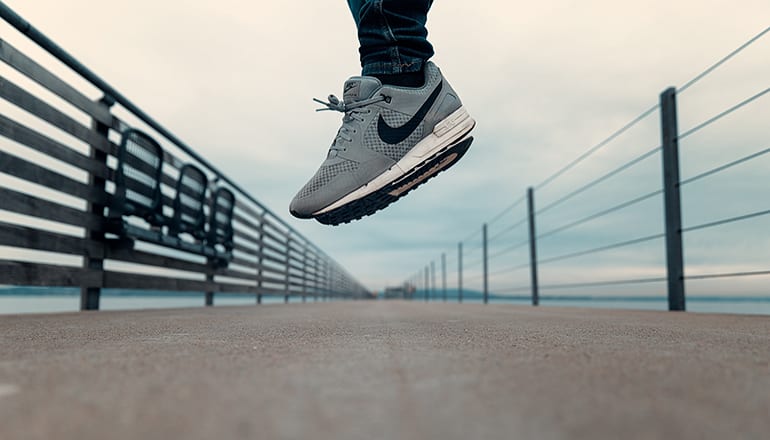Why are Shoes So Important for a Person?
It is approximated that in an average lifetime, we use our feet to stroll the matching of five times the circumference of the planet. Yet we rarely offer our feet, as well as our shoes, much focus beyond aesthetics.
Footwear might remain in truth amongst the most important part of a person’s clothes, as nothing else article of clothing should fit so specifically as well as do important mechanical features such as transferring body weight.
Apart from prompt foot discomfort, incorrect or inadequate footwear may result in problems with the reduced legs, hips, knees, as well as back.
In addition, falls, which can have dire repercussions on the elderly, are most constant among those with badly suitable footwear.
There are many attributes to excellent footwear. Usually, price isn’t a factor as excellent footwear might be more affordable than improper footwear, as well as popular brands, are not a warranty of quality footwear. You should check if the shoe has the following features.
- Flexible
There must be an adjustable strap such as Velcro or shoelaces which allows for modification relying on an individual’s demands.
- Steady
The shoes’ heel cup/heel assistance needs to be soft as well as secure, protecting against straight or upright heel movement.
- Roomy sufficient
There should suffice room, both deepness, as well as width, at the front of the footwear for your toes. Throughout typical walking your foot both extends and expands, as much as one centimeter in each direction. As a result, you ought to choose a shoe that is longer than your longest toe by regarding the width of your thumb.
- Maximum 2.5 centimeters, or 1 inch, heel
The shoe’s heel should not surpass 2.5 centimeters in elevation. Or else, the ankle and heel become more unpredictable, and therefore, prone to forefoot pain and sprains.
- In great condition
Monitor your footwear as well as dispose of shoes that are too worn down, as these have commonly shed several of their fundamental features. Remaining to run in worn-out running shoes enhances the tension, as well as the effect on your joints and legs, which can result in overuse injuries. It is recommended that a set of running shoes should be altered every 500-650 kilometers or 300-400 miles.



